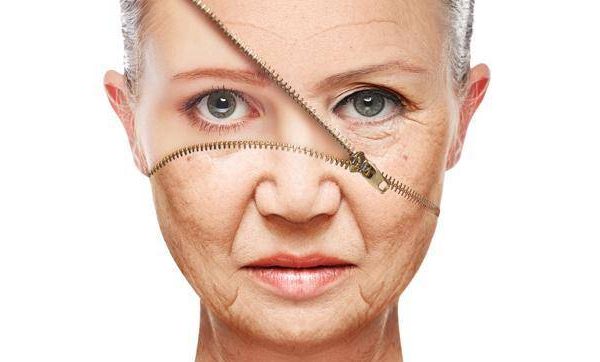The fast-paced rallies and doubles play of padel, also known as padel tennis, are attracting a major following all over the world. However, as more people take to the courts, injuries are becoming increasingly common. Experts say that with the right approach, these injuries do not have to deter enthusiasts.
What every amateur padel enthusiast should know to stay injury-free
“The sport is an excellent form of cardio exercise, however as more amateur players take to the padel courts, we are seeing an increase in injuries associated with it, especially to the knees, shoulders, elbows, and ankles,” says Dr Ashley Naidoo, an orthopaedic surgeon with sub specialist expertise in upper limb and sports-related conditions, who practises at Netcare Waterfall Hospital’s Sports Orthopaedic Surgery (SOS) Centre.
Injuries due to playing padel
Recent research from Europe shows that around 36% of recreational padel players sustain injuries each year, at a rate of approximately 2.8 injuries per 1000 hours of play.
“Many of the common padel injuries affect the lower limbs, with ankle sprains, overused knees, calf and thigh strains, and Achilles tendon problems fairly common – particularly in players over 30 and in those who are new to the game,” he says.
“Padel players should also be aware of the risk of upper limb injuries, as pain or strains affecting the elbow, shoulder, and wrist are also prevalent, especially among players using heavy rackets and less experienced players who are still working on improving their technique.”
Injuries can be avoided. Here’s how
Dr Naidoo points out that many padel injuries can be avoided. “Prevention of injuries is always better than treating them, and given the growing popularity of padel tennis, I would advise anyone who is enjoying this sport to make prevention part of their preparation.”
Warm up properly
Physiotherapist Ulaysha Narandas, part of the multidisciplinary team at Netcare Waterfall City SOS, highlights the importance of warming up properly.
“Research from European and Latin American sources has consistently highlighted one common theme: the absence of a structured warm-up dramatically increases injury risk,” she says.
“Most padel-related injuries – especially to the knees and calves – happen early in matches when cold muscles are pushed too hard, too fast. Her advice: start every session with 10 minutes of active movement, including light jogging, mobility drills, and dynamic stretching. After the game, static stretching of the legs, forearms, and lower back helps prevent tightness and speed up recovery.”
Smart training
The structured smart training programme, provided at Netcare Waterfall City Hospital, combines education with hands-on training, ideal for padel players looking to elevate their game and avoid injury.
The individualised training programme, integrated with pneumatic resistance equipment, offers safe, measurable strength training for all ages, including arm and shoulder control exercises, lower limb stability and single-leg balance drills, eccentric tendon loading such as controlled heel drops, and trunk rotation work to support the agility required for padel. It is also especially effective for improving strength without overstraining joints.
Wear the right shoes
Dr Naidoo points out that appropriate padel footwear is another critical piece of the injury prevention puzzle.
“Padel is played on synthetic turf, often with sand infill, and requires lateral grip and ankle support. Running shoes and general trainers are unsuitable, increasing the risk of slipping or ankle rolls. Footwear designed specifically for padel or clay tennis surfaces offers the best protection.”
Recent Spanish data suggests that hybrid or omni-soles may reduce impact forces compared to full herringbone designs,” he says.
The bottom line
“By combining smart training, proper preparation, suitable footwear, and evidence-based rehabilitation, players of all ages can enjoy padel while minimising injury risk. Whether you’re playing socially or competitively, whether you’re 25 or 65, playing smart today can help you stay on court and pain Free for years to come.”



![women [longevity live]](https://longevitylive.com/wp-content/uploads/2020/01/photo-of-women-walking-down-the-street-1116984-100x100.jpg)










